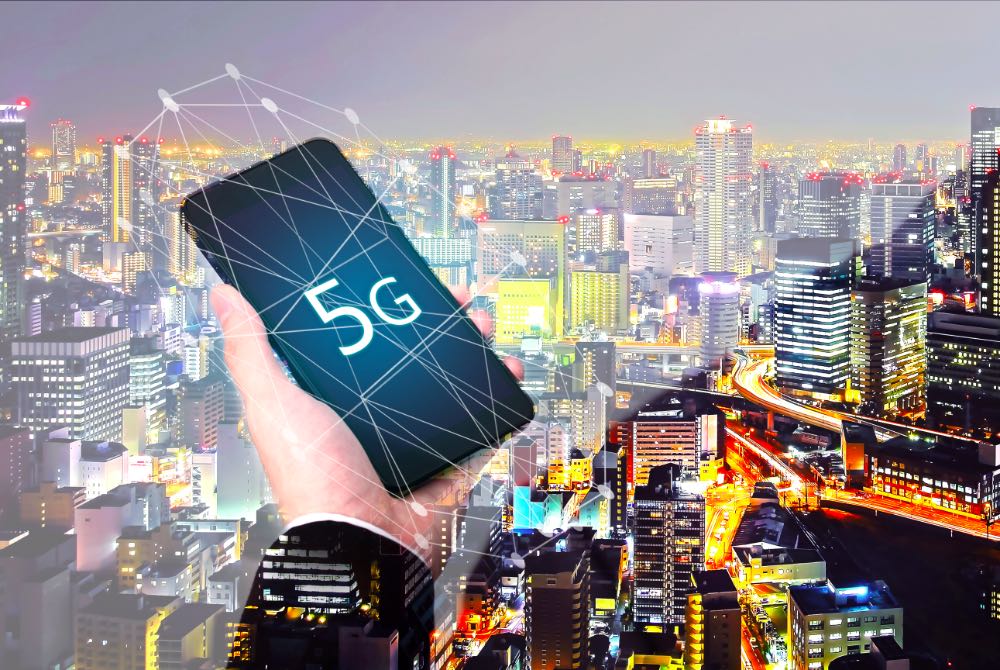There are many who would dispute the notion that we are living in a post-GIGO (Garbage In, Garbage Out) world. Nevertheless, it is undeniable that the ubiquitous Internet of Things (IoT) has created a digital tsunami of valuable data generated by a wide range of devices, systems and IoT endpoints such as vehicles, wearables, smartphones and even appliances.
Although Big Data is clearly big business, the industry is grappling with the real-world challenges of moving and analyzing massive amounts of data. Along with accelerators such as FPGAs and GPUs, as well as evolutionary memory upgrades including DDR5, HBM2 and next-gen buffer chips, edge computing represents another approach to optimizing data processing. As the name implies, edge computing (EC) shifts data processing to the edge of the network, moving ever closer to the data source itself.

AT&T’s edge computing announcement earlier this month illustrates the evolution of EC in the age of 5G. As the company notes, autonomous cars (which could potentially generate up to 3.6 terabytes of data per hour) and augmented reality/virtual reality (AR/VR) are demanding massive amounts of near-real time computation.
“Say you want to run a VR experience in the cloud. And the data center powering that experience is hundreds of miles away from you and your VR glasses,” AT&T stated in its press release. “Every time you turn your head, there’s a good chance there will be a noticeable delay between when you turn and the image follows. That lag is unavoidable because of the time it takes the data to cross large physical distances.”
To reduce lag, AT&T is shrinking the distance that data has to travel by sending information to tens of thousands of central offices, macro towers and small cells in close proximity to its customers. According to the company, such systems could ultimately be embedded in everyday items such as traffic lights, enabling self-driving cars to interact with their surroundings. Similarly, VR and AR images could be delivered instantly to a super-slim device, allowing doctors to view and share and adjust complex medical images.
Commenting on the above, Steven Woo, Rambus VP of Systems and Solutions in the Office of the CTO, told Rambus Press that the announcement by AT&T is a natural evolution of computing in the era of Big Data.
“Moving vast quantities of data over long distances to data centers isn’t feasible for many applications that demand real time response. Power also increases when moving data over long distances,” he explained. “With the distributed nature of cellular infrastructure and the improved bandwidth and connectivity that 5G offers, edge computing will enable computation to migrate towards the edges of the network to meet the growing needs for analyzing large amounts of data, minimizing the distance data moves to reduce power and achieving lower response times.”
